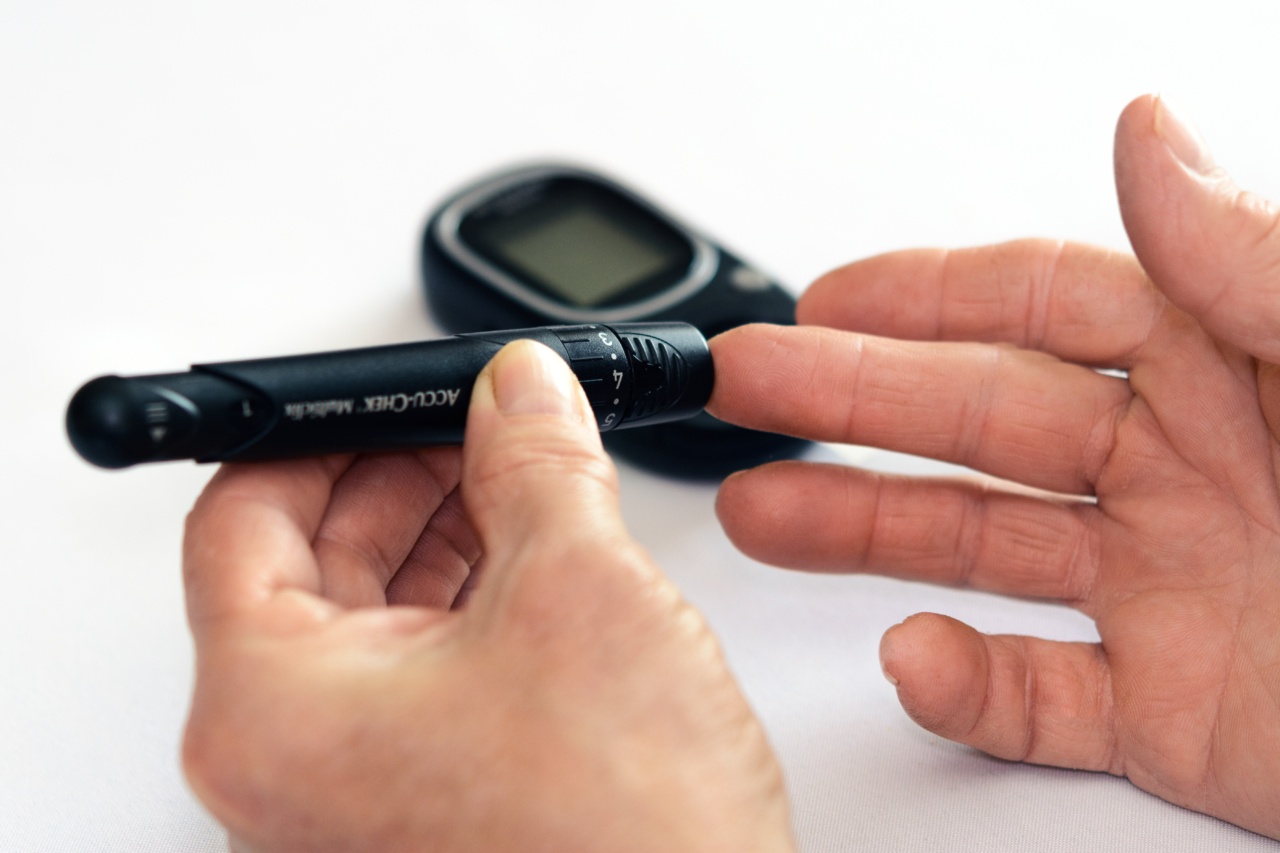Diabetes and liver cirrhosis are two serious health conditions that can have a significant impact on a person’s overall well-being.
While they may seem unrelated, numerous studies have shown a clear link between diabetes and the development of liver cirrhosis. In this article, we will explore the relationship between these two conditions, the risk factors involved, and potential prevention and treatment options.
Understanding Diabetes
Diabetes is a chronic metabolic disorder characterized by high blood sugar levels. It occurs when the body either does not produce enough insulin or cannot effectively use the insulin it produces.
Insulin is a hormone that regulates the metabolism of glucose, allowing it to be converted into energy for the body’s cells.
What is Liver Cirrhosis?
Liver cirrhosis, on the other hand, is a late-stage scarring of the liver caused by many forms of liver diseases and conditions, such as hepatitis and chronic alcoholism.
It is a progressive disease that gradually replaces healthy liver tissue with scar tissue, impairing the liver’s ability to function properly. This can result in the accumulation of toxins and waste products in the body, leading to various complications.
The Relationship Between Diabetes and Liver Cirrhosis
Research has shown that individuals with diabetes are at an increased risk of developing liver cirrhosis. While the exact mechanism behind this link is not fully understood, several factors contribute to the relationship between the two conditions.
1. Non-Alcoholic Fatty Liver Disease (NAFLD)
Non-alcoholic fatty liver disease (NAFLD) is a common liver disorder associated with insulin resistance and metabolic syndrome, both of which are prevalent in individuals with diabetes.
NAFLD occurs when excess fat accumulates in the liver, leading to inflammation and liver cell damage. Over time, this can progress to liver cirrhosis.
2. Increased Risk of Hepatitis
Individuals with diabetes are more susceptible to various infections, including hepatitis. Hepatitis is a viral infection that causes inflammation of the liver and can lead to cirrhosis if left untreated.
The impaired immune response in people with diabetes makes them more vulnerable to viral infections, increasing their risk of developing liver cirrhosis.
3. Impact of Diabetes Medications
Some medications used to manage diabetes, such as certain oral antidiabetic drugs, have been associated with an increased risk of liver damage.
Prolonged use or misuse of these medications can potentially contribute to the development of liver cirrhosis.
4. Shared Risk Factors
Both diabetes and liver cirrhosis share common risk factors that can contribute to their development.
These risk factors include obesity, high blood pressure, high cholesterol levels, and unhealthy lifestyle habits such as excessive alcohol consumption and a poor diet. Addressing these shared risk factors is crucial in preventing or managing both conditions.
Prevention and Management Strategies
While the link between diabetes and liver cirrhosis exists, there are steps individuals can take to reduce their risk and effectively manage both conditions.
1. Diabetes Management
Proper management of diabetes is essential in minimizing the risk of developing liver cirrhosis. This includes maintaining stable blood sugar levels through medication, diet, exercise, and regular monitoring.
A healthy lifestyle that includes a balanced diet and weight management is crucial in preventing the progression of both conditions.
2. Vaccinations
Individuals with diabetes should ensure they are up to date with vaccinations, including vaccinations for hepatitis A and B. Vaccinating against these liver-related infections reduces the risk of developing liver cirrhosis.
3. Alcohol Consumption
Avoiding excessive alcohol consumption is vital for liver health, especially in individuals with diabetes. Alcohol can further damage the liver and accelerate the progression of liver cirrhosis.
It is advisable to follow the recommended guidelines for alcohol consumption or avoid it altogether.
4. Regular Health Check-ups
Regular health check-ups and screenings can help detect liver problems at an early stage, which increases the chances of successful treatment and management.
Individuals with diabetes should have their liver function regularly evaluated by healthcare professionals.
Conclusion
Diabetes and liver cirrhosis are interconnected health conditions that require attention and proper management. The link between these two conditions highlights the importance of comprehensive healthcare in addressing the needs of individuals at risk.
By effectively managing diabetes, addressing shared risk factors, and taking preventive measures, the risk of liver cirrhosis can be significantly reduced. Seeking professional medical advice and following a healthy lifestyle are essential steps towards minimizing the impact of these conditions on overall health and well-being.





























